How to Check Your
Concrete Slab

Before the concrete slab was poured for his new house, our good friend Cheetah (really his name) asked me to help him check over the plumbing that had been installed in the sand fill. We measured every pipe location, and checked them against the dimensions and layout of the floor plan.
The plumber had made a big mistake with a toilet drain pipe in a location that was obvious as soon as I looked at it. Anyone could see it was in the wrong place, even before putting a measuring tape on it.
The drain pipe was stubbed up about 12 inches from where it should have been. This would have been a massive mess if we hadn't checked it before the concrete was poured. He got the plumber to come back the next day to correct the mistake, and it all turned out fine.
The lesson is obvious - if you are your own home builder, check everything in the slab before the concrete is poured! If you hire a home builder, insist that he do the same, and maybe you can do it too, just to be sure that it's all correct.
The checking of the concrete slab, and everything under it, is basically the same whether you have concrete block foundation walls with a slab poured afterwards, or a monolithic slab (footings and slab poured all at once) -
Fill Under the Slab
You can expect to have some type of fill under the concrete slab. It may be the same type of soil as surrounding the house, or it may be a sand fill. If the top of the slab will be much higher than the surrounding grade, several truckloads of sand may be required. This "subgrade" material will be spread and compacted by the concrete installer. If you don't use sand, then you must add coarse gravel for the first 4 inches or so over the entire top surface of the fill beneath the slab. The gravel or sand will help to hold ground moisture away from the concrete slab.
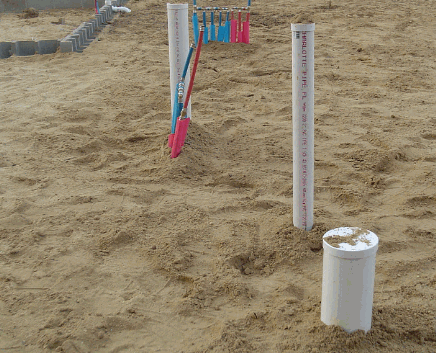
Check the Plumbing Lines
See our page on checking the plumbing in the slab.
Grade Beams
"Grade beams" sound special and complicated, but they are just thickened slab strips with some rebar added. This photo shows the sand fill with grade beams dug in to match the layout of the stud walls. Check the layout with your plans and measuring tape!

Termite Treatment
Soil treatment for termites is sprayed just before the plastic moisture barrier and wire mesh go down. The sand or gravel must be completely and finally smoothed out before the spraying, so it won't need to be disturbed after the termite spray goes down.
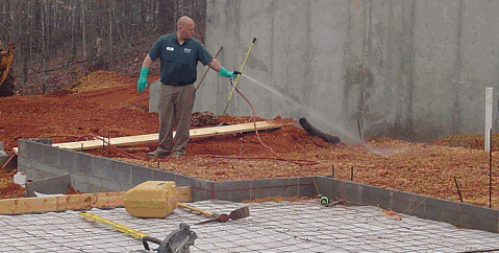
Moisture Barrier, Wire Mesh and Rebars
After the termite treatment, the moisture barrier (usually 6-mil polyethylene) is laid down. The sand or gravel must be covered by the "poly" as much as possible. Some people use the term "Visqueen" (a brand name) for the poly material.
Next, the wire mesh is laid out and wire-tied together to stabilize it. The grade beams are reinforced with rebars, held up by rod chairs or short pieces of rebar. Check the grade beams against the details shown with the foundation plan.
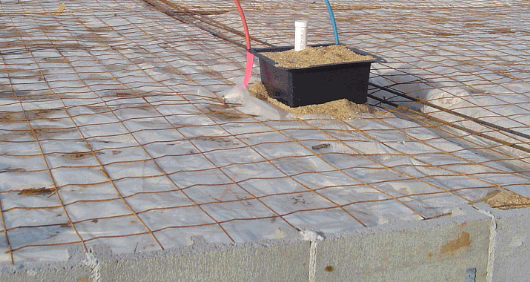
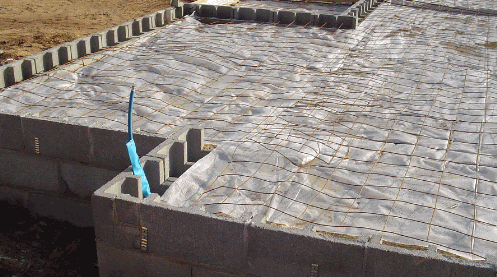
Ready for concrete, with blue water line in place for the wall hydrant. The polyethylene is held back at the concrete block so the concrete will pour down into the block foundation wall.
Electrical Items in the Slab
Kitchen islands and floor receptacles require running electrical lines to their exact locations before the concrete slab is poured. Electricians usually prefer to install their items after the moisture barrier and wire mesh are in place, so the electrician has to get to the jobsite on time, at the right time.
Checking electrical items before the slab is poured is tricky, because the conduits and such get put in at the last minute. I once checked a kitchen island conduit, and discovered that it was about 12 inches away from the correct location. After a quick cell phone call to the electrician, he came over so we could discuss it. He ended up moving the conduit while the concrete was being poured on the other side of the house! Check everything - don't assume the subs got everything correct.
This photo shows a floor electrical receptacle, with a conduit run up inside the outside stud wall. The wires will be pulled through when the electrician wires the house.
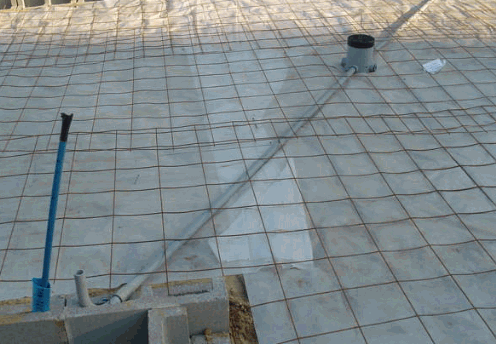
Anchor Bolts
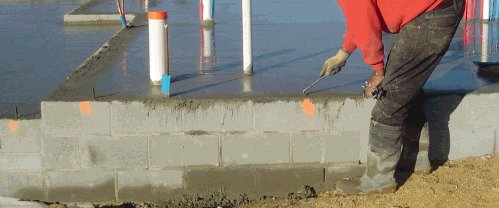
Anchor bolts being pressed down into the wet concrete.
Use 10-inch-long bolts to meet code. Shorter bolts do not comply with the International Residential Code, which requires the bolts to extend at least 6 inches into the concrete. Ideally, the bolts will stick out of the slab about 2.5 inches. If the bolts extend up too much or too little, you will have a hard time putting on the washers and nuts.
Put the washers and nuts in plastic bags to save, for anchoring the bottom plate of the stud walls when they are framed.
Susan and I wish you the very best with getting checking the concrete slab for the home of your dreams!
Sincerely,
Vic Hunt
Go to Home Site Preparation for Concrete page, from Concrete Slab page






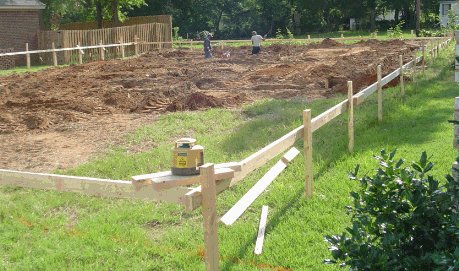
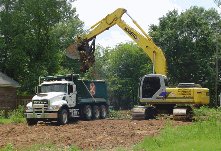
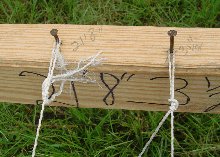
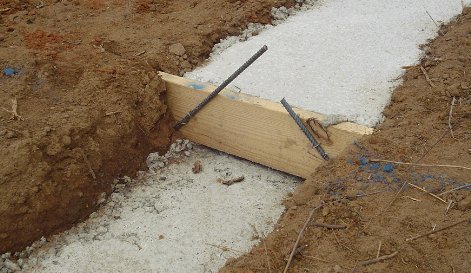
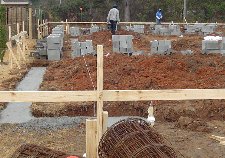

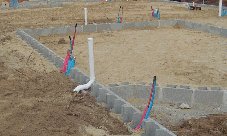
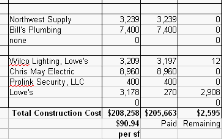

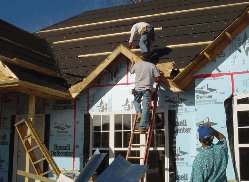
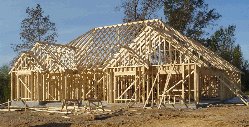

Comments
Have your say about what you just read! Leave us a comment or question in the box below.